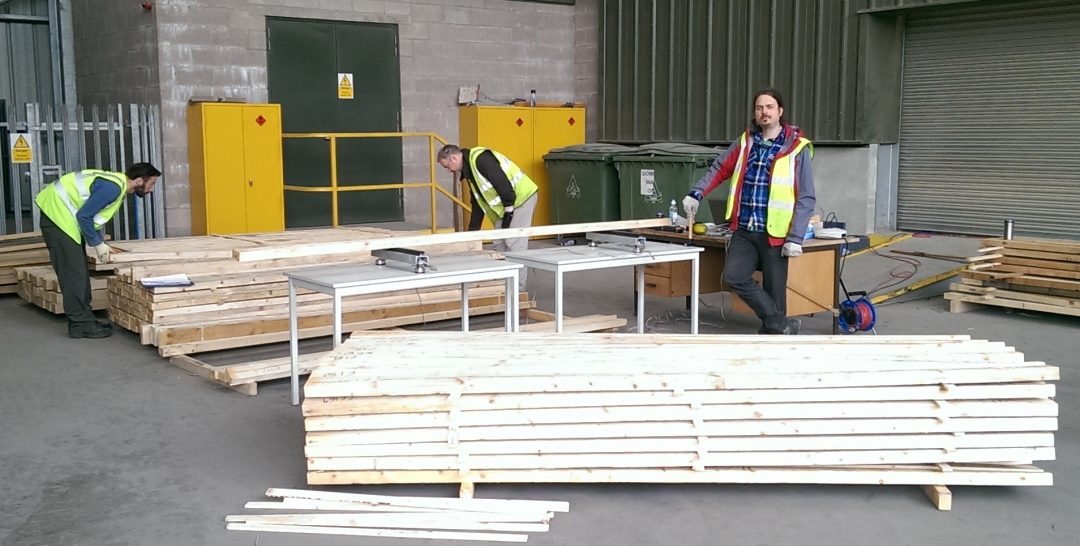
It’s worth keeping an eye on what is happening with ISO (International Organization for Standardization) standards for timber grading. This is covered by ISO TC 165 “timber structures”. There are several interesting standards under this technical committee, but it’s the ones under working group WG11 “classification of solid timber” that we will briefly consider in this blog post – specifically these two:
ISO 13912 Structural timber – Machine strength grading – Basic principles
ISO 9709 Structural timber – Visual strength grading – Basic principles
Both of these refer to ISO 16598:2015, which provides a basic international framework for establishing structural classes for sawn timber
A revision of ISO 13912 was, not long ago, voted through and so should be soon published, replacing the previous version: ISO 13912:2005.
The current version of ISO 9709 is the 2005 version (confirmed in 2009), but an Enquiry stage draft (ISO/DIS) was very recently voted through. The draft standard will undergo some further revision, following comments, and submitted to a second DIS vote by February 2018. A new annex will be added showing an example for tropical hardwoods.
ISO 16598 has a lot in it that we could comment on – but we will reserve for a future blog post. For now we will observe that it provides a couple of definitions that are not well covered in the current European Standards for timber grading – but are terms we use a lot in our work:
full-size specimen: a timber test piece that is similar in size and characteristics to typical structural timbers and is prepared and tested in a way similar to use in construction.
(we often also call this a “structural size specimen”)
small clear specimen: a timber test piece that is much smaller than typical structural timbers and normally prepared to be free of visible defects.
As with the European system, the ISO requires that all major property data are based on full-size testing of timber. Exceptions are allowed when consideration of small clear wood test data is necessary for cost or practical reasons and supported by data that shows the relationship to full-size structural performance (sometimes the case for tropical hardwoods). The ISO remarks that data for small and full-size testing should be kept separate – something that is sometimes not properly observed in publications!

Leave a Reply
You must be logged in to post a comment.